
Learning and Development Survey Summary
During the January 2014 Learning & Skills show in Olympia, London, 136 Learning & Development (L&D) practitioners took part in a brief face to face survey carried out by experienced staff of The Development Company Limited
Style
Visitors were invited to consider the question “What will the trends in Learning and Development be during 2014?” A response like “More e-learning” was explored by the interviewers with questions such as “What is driving that?” or “Why do you say that?” or “Can you expand on that for me?”. Both interviewers are experienced in the Learning and Development field.
Objective
The objective of the survey was to see if there were any emerging trends.
All respondents were asked a follow up question ‘Do you think spend on Learning and Development will be higher during 2014?’ and 102 of the 136 answered this with a “Yes” or “No”.
Respondents
Of the 136, 24 were training providers with the remaining respondents being employed within organisations – the employed were a mix of IT trainers, interpersonal trainers, e-learning designers, Learning and Development Managers and Learning and Development Directors.
Survey Findings
82% said spend would be higher during 2014
“We’re moving out of winter to springtime.”
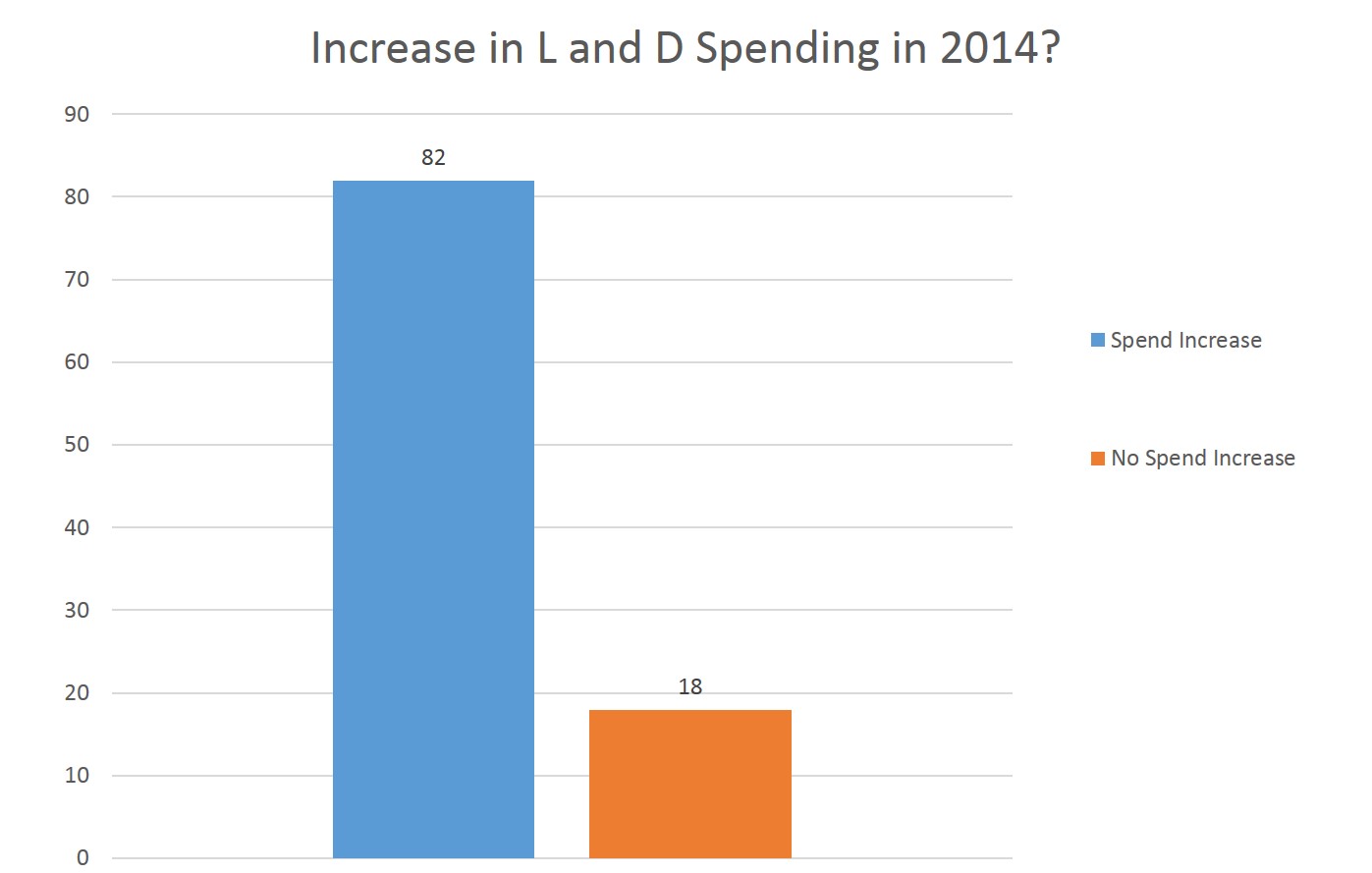 82% of respondents said there will be an increase in spending on Learning and Development during 2014.
82% of respondents said there will be an increase in spending on Learning and Development during 2014.
Of the 102 who answered the question, “Will spend on Learning and Development be higher during 2014?”, 84 answered yes.
Most respondents said that there was much “greater confidence” this year and that they expected they would “be more creative with their budget” and use more “tailored, face to face facilitators”.
Of the 18% who said that spend on Learning and Development would be down during 2014, two said “my stretched budgets are being squeezed even more” and “this year I will have to achieve more with less money”.
The Return of Training Videos as a learning mode
26% (35 respondents) said that the use of video in Learning and Development would return over the next few years.
Video is seen as an essential learning medium because:
“both Generation Y and Generation M demand it.”
“Generation Y” (in their 20’s now) “prefers to learn via technology”.
“These generations grew up on TV and expect video as part of their learning.”
Video essential for pre and post event
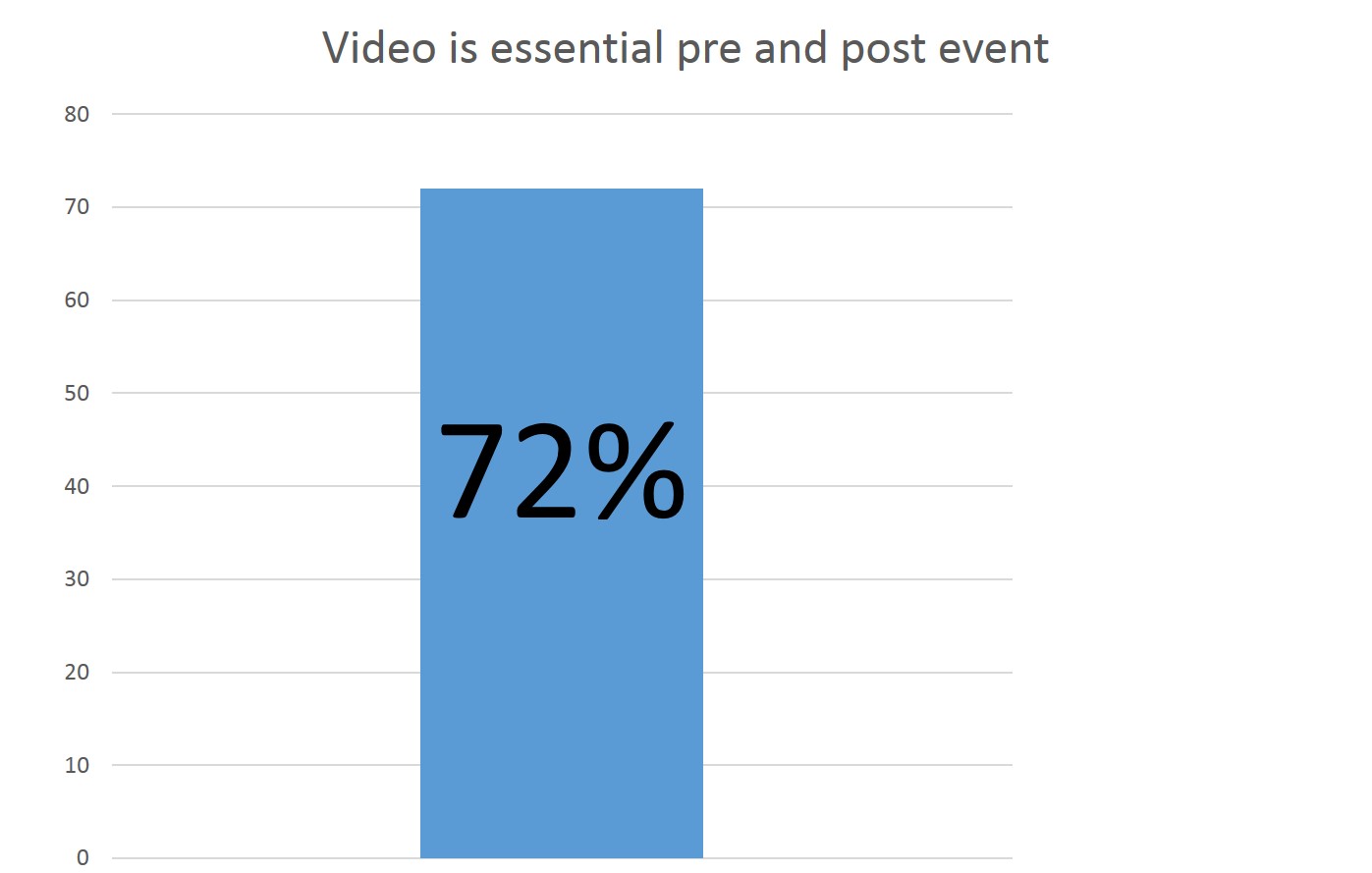
72% of the 35 respondents saw video essential as both a pre-event engager to the learning experience and/or a post-event re-enforcer.
“Video can be uploaded to (Learning Management System) and viewed from mobile devices”.
“Shorter burst videos” are “most useful – ideally no longer in duration than 10 minutes”.
“A 30 second to 90 second film can reach worldwide audiences because of You Tube/Twitter and is essential for social learning in action”.
Another said that as part of a global company, video enables them to get a message out in a value for money way.
Streaming videos and conferences can reinforce, help inductions and build PR for the Learning and Development team.
Short Burst Training Sessions
30 respondents (22%) said that their customers were pushing them to deliver training sessions in much shorter time.

“Our people can’t afford the time for even half day events any more, so this year we’re delivering sessions to our staff of no more than 90 minutes in duration”.
“Bite sized learning, learning in smaller chunks, is what helps our people to learn best”
“We introduced ‘Brown Bag lunches’ last year and it worked well” (Sandwich and fruit in a grab bag whilst learning a subject such as How to Write an Effective Email).
Research has suggested that learning in small chunks is good for recall and that is the aim of any learning practitioner after all, isn’t it – the effective transfer of learning!
Having been in business 20 years ourselves, we’ve noticed the demand for training to take us less of the working day – what we have learned is that we have to train to the expectations of our clients.

It seems our challenge collectively as learning practitioners is to make people aware that you can’t fit a quart into a pint pot. Focused objectives, pre and post event work/engagement and a fast paced event needs skilful facilitation, marketing and positioning to work.
The return of Face to Face Training
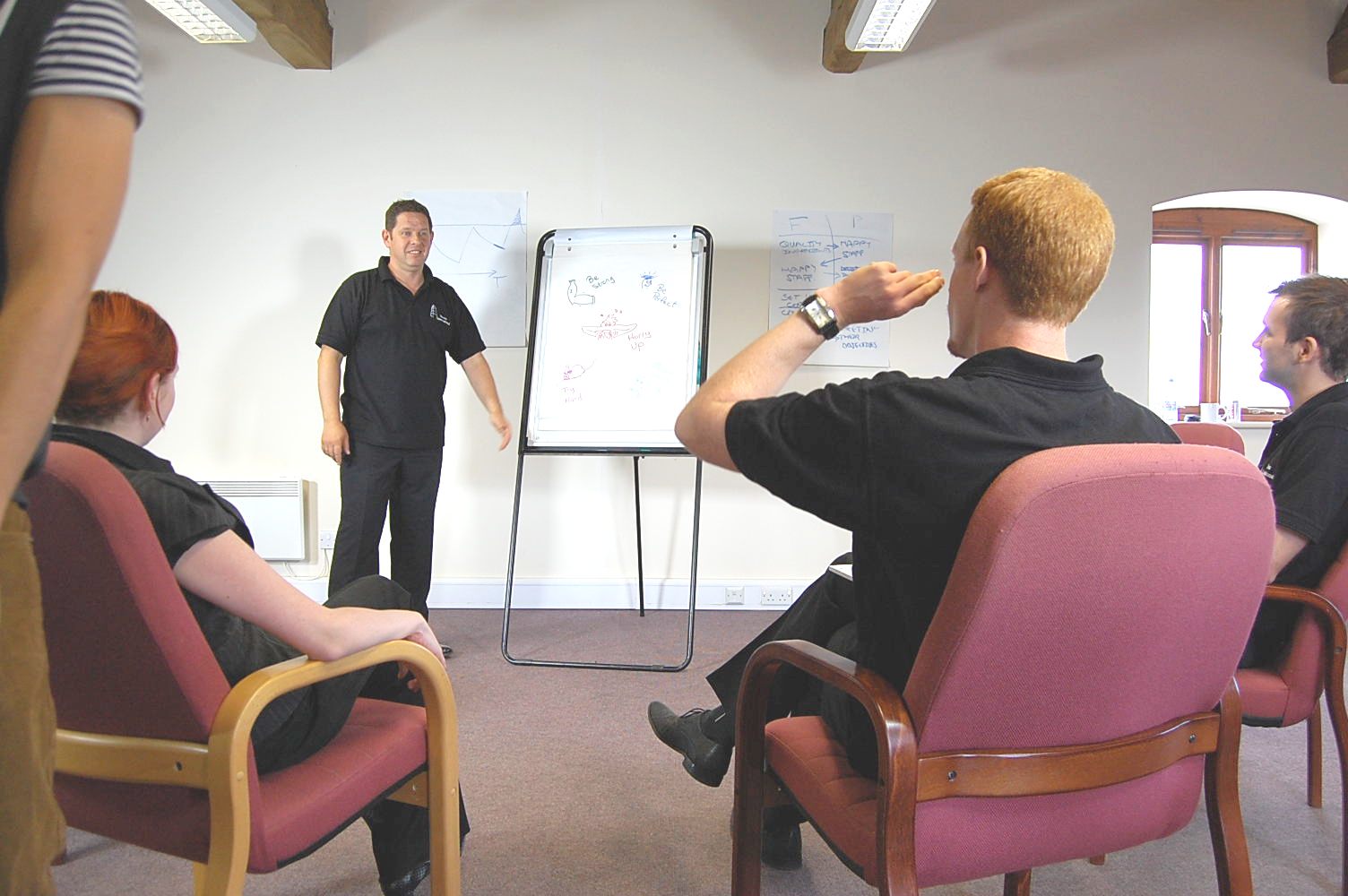 16% (22) of respondents said their organisations were moving back to facilitator led training. All agreed that was due to increased budget in the main. However, dissatisfaction with the quality and outcomes of e-learning was a reason given by 5 people – “our people have said they need to discuss issues with their colleagues to learn effectively.”. The need for social interaction and “learning alongside others” was given by 4 people.
16% (22) of respondents said their organisations were moving back to facilitator led training. All agreed that was due to increased budget in the main. However, dissatisfaction with the quality and outcomes of e-learning was a reason given by 5 people – “our people have said they need to discuss issues with their colleagues to learn effectively.”. The need for social interaction and “learning alongside others” was given by 4 people.
“There is a need for good quality face to face training”
“We’re celebrating 2014 with the return across the organisation of face to face training that is pragmatic and outcomes driven.”
“E-learning for us – by and large – hasn’t worked as a replacement for face to face training. It’s a good re-enforcer and so this year I have a bigger budget as we return to more workshops.”
Subject Areas
There was a mix in subjects companies were focusing on during 2014:

- Leadership (6%)
- Management (5%)
- Employee Engagement (5%)
- Recruitment & Selection (5%)
- Performance Management (5%)
- Managing Talent (4%)
- Mentoring (4%)
- Customer Service (2%)
- People Skills (2%)
- Coaching Skills (1%)
Leadership was key “we are disillusioned with our leaders in the business world and we need to develop leadership skills at all levels, from Team Leader up”.
“For us, talent management is our mid to long term strategy.”
“Because of the shortages in certain skill sets, we are working on our talent management system.”
“I think all Learning and Development Directors should have a talent management strategy and plan. With the labour market the way it is, skills and experience shortages…changing workforce needs…all our managers are aware of their role in the process and are trained mentors.”.
“We’re developing our managers to have an empowering style of management, as during the down time they became control and tell. That’s not all bad, but we need to release some of the talent we have now.”
“Training plus one to one coaching from an experienced coach has really improved (training) results for us.”
Technology
Nearly a third of respondents (39) mentioned technology of some kind, with 35 saying their organisation would increase their use of technology in learning.
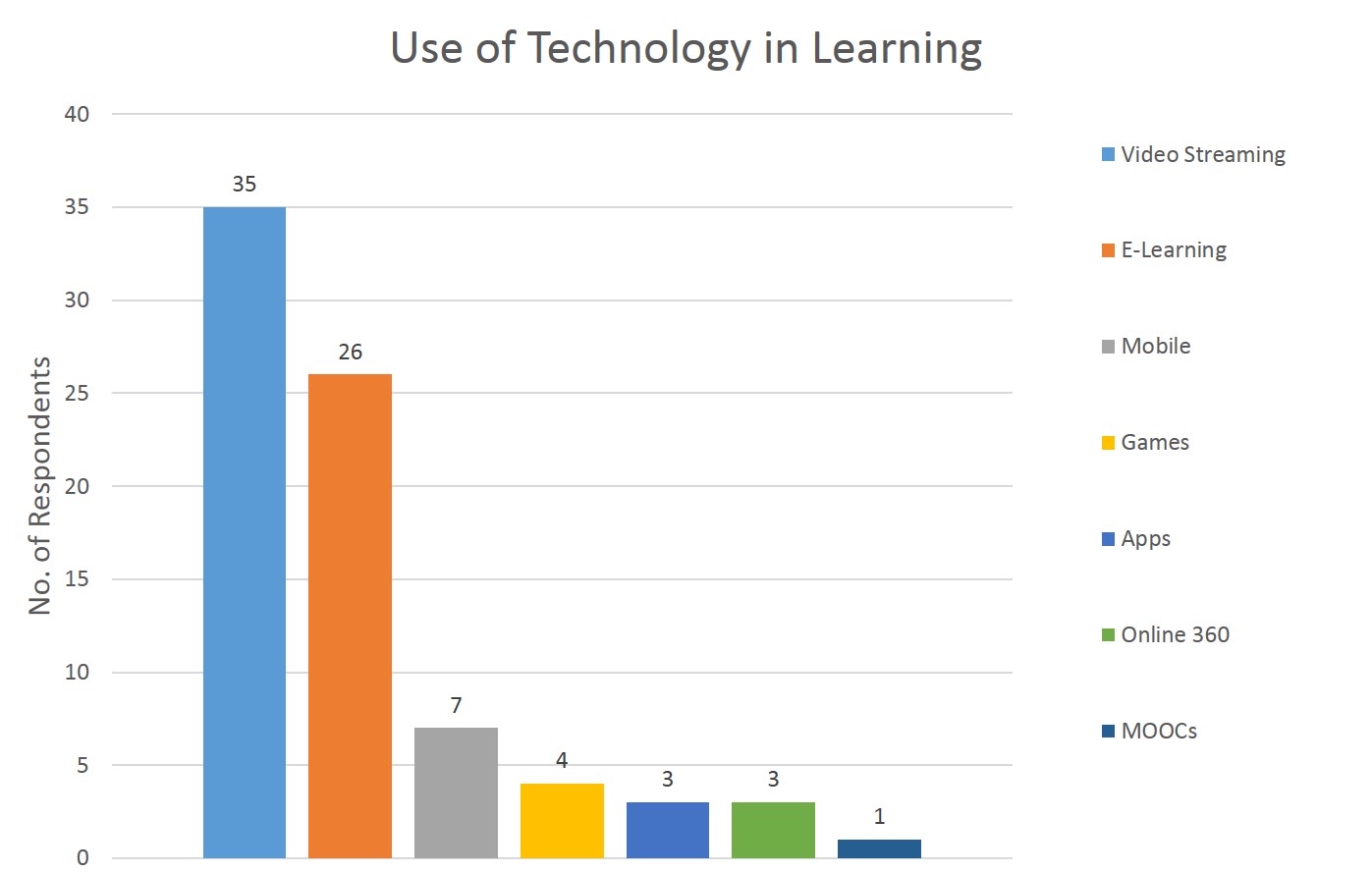
Technology named included:
- Video streaming (35)
- E-learning (26)
- mobile (7)
- Games/gaming (4)
- Apps (3)
- 360/ online questionnaires (3)
- MOOCs (1)
4 felt their organisation would reduce their use of technology in learning.
1 person stated that previously their organisation “seems to use it because it’s there” and the strategy during 2014 was to “measure effectiveness of e-learning more”.
Blended Learning
11% mentioned this and the fact that the choice and improved technology makes options for Learning and Development to offer a real blended approach to learning was now a reality.
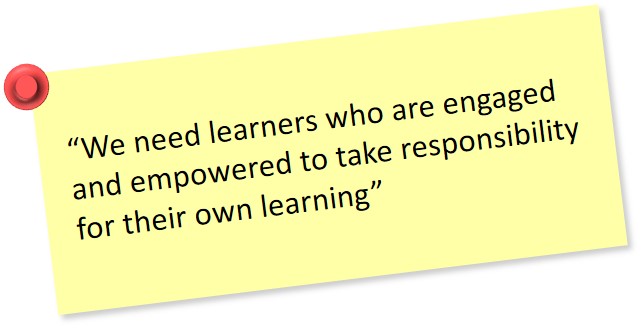 Respondents felt the trend is that learning is more sophisticated now, it is no longer a one-off training event but a series of engagements with the learner pre and post event.
Respondents felt the trend is that learning is more sophisticated now, it is no longer a one-off training event but a series of engagements with the learner pre and post event.
“We need learners who are engaged and empowered to take responsibility for their own learning.”
“We encourage learning in their own time…be aware of the knowledge transfer.”
“The use of online Learning and Development… Learning and Development people who haven’t embraced it are in denial. There is maturity in the business now and people realise good quality e-learning and technology is essential.”
“Learners learning to learn this way” was one comment regarding blended learning.
E-Learning
26 said more e-learning would be used, whereas 9 said less e-learning would be used this year. A common theme was that e-learning needed to be of a better quality, interactive, and that content and context needed to be relevant for the learner.
 Interesting comments included:
Interesting comments included:
“The company was pushing for e-learning and I know the majority of our people do not want it.”
“Standards for e-learning were required and the designers of e-learning need to be trainers so they know how to do good quality design”
” We’ve been using it because it’s there”
“We all rushed to e-learning but now that’s slowing down.”
“Good quality e-learning is needed now”.
Mobile
There were three trends to the use of mobiles:
- Trainers will provide learners with tablets, and handouts will be replaced by the use of mobile devices in the classroom. 3 people felt handouts on sessions were a thing of the past as mobile gadgets replace the need.
- With accessibility, e-learning and video will make learning on the move easier.
- YouTube, Google, Twitter – all social learning sites were mentioned as great for social learning.
Social Learning
Just over 7% said that social learning was a strategy they were using this year.
“As our Learning and Development budget has been slashed…the key is to learn on your own, use You Tube, twitter, Google more. Because of devices and the amount of good stuff on the web it is easier now. Also can post questions on Linked In, Twitter, etc and engage with those inside and outside the organisation.”
“We have an internal Learning and Development twitter and encourage people to show how they have applied the learning, any wins they’ve had, good videos to watch…pose questions.”
“All in Learning and Development need to ensure…the learner engages with their own learning. Using different modes helps to engage different learning styles.”
Return on Investment/Metrics
Learning and Development has been poor in the main on assessing the real return on investment and effective gains on Learning and Development activity for many years.
10 (7%) of respondents said that effective ROI and the use of metrics will be of higher importance, especially with budgets being squeezed to achieve more.
6% people said learning has to be more real to life/pragmatic so the people can use it. “People have to be capable, that’s the whole point of Learning and Development…we have to get the metrics right and make training transfer easier to the workplace …so we can show the return.”.
Our view is that Learning and Development should not be linked with HR or sit under HR’s shadow and that Learning and Development should sit in Business Development, with all Learning and Development activities driven by the business plan.
The Development Company
March 2014
Tel: + 44 (0)1933 227 695
If you enjoyed reading this blog, please share with your friends using the buttons below:



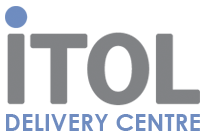


great survey and very reassuring for us freelancers!